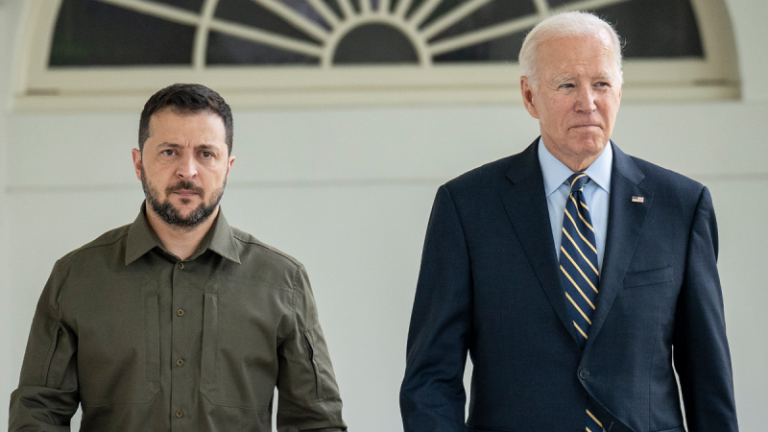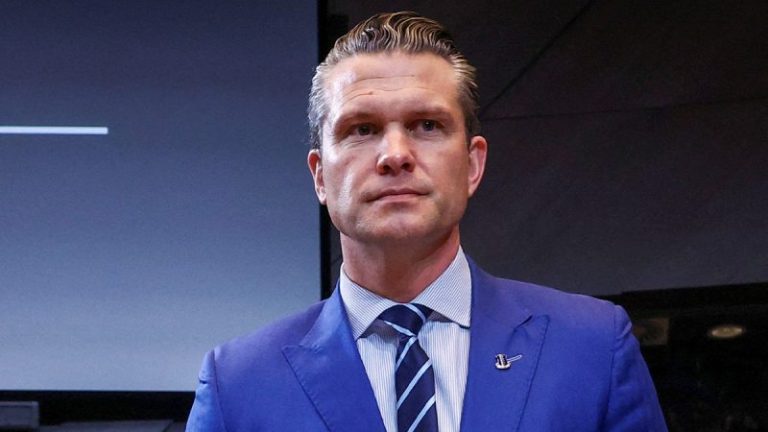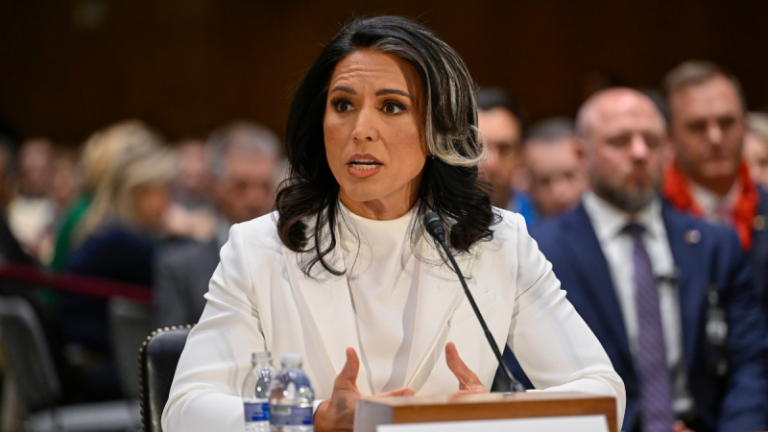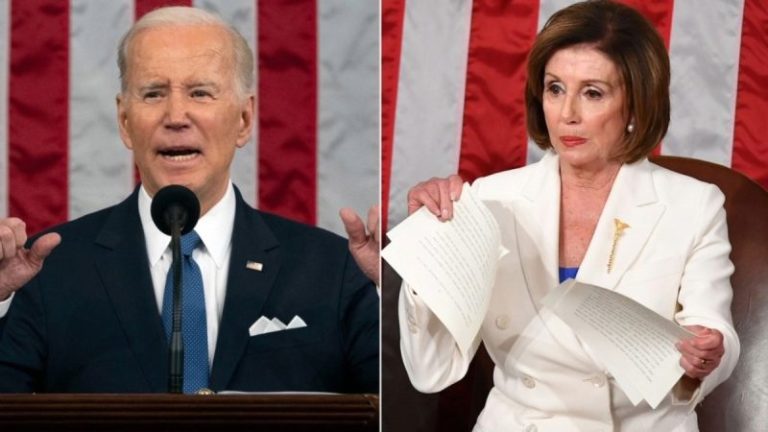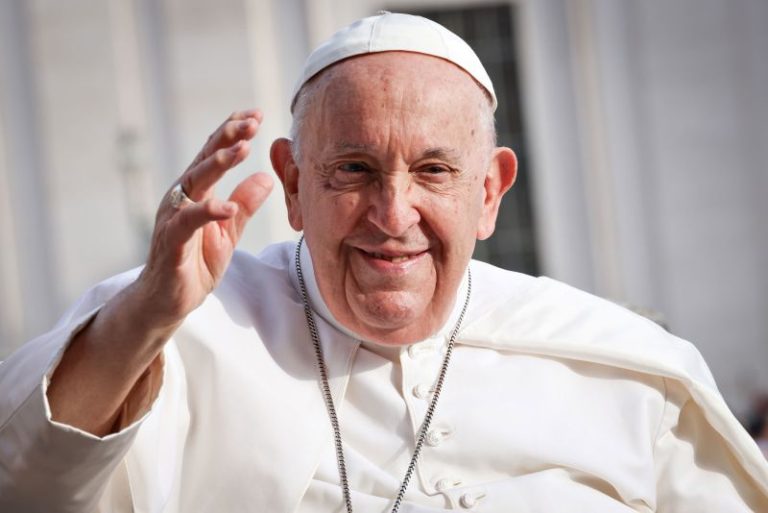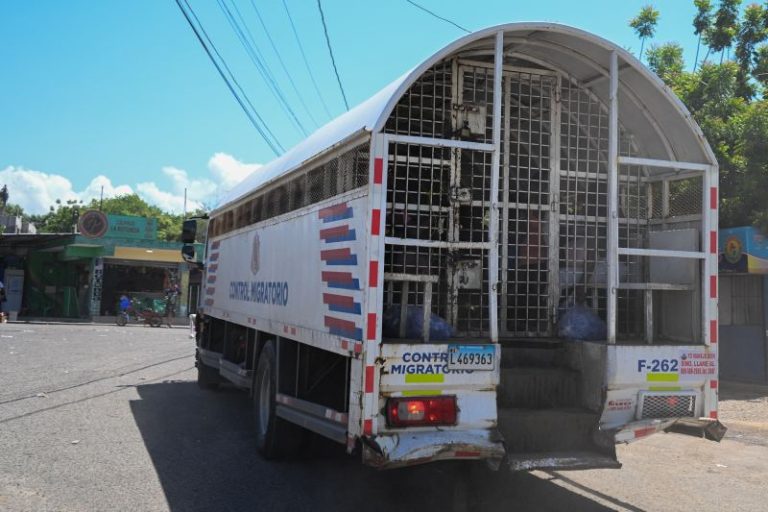Months after war broke out between Russia and Ukraine, then-President Joe Biden had a fiery private phone call with Ukraine President Volodymyr Zelenskyy, which included Biden allegedly losing ‘his temper’ and calling on Ukraine to ‘show a little more gratitude’ towards the U.S. for its support, a resurfaced 2022 NBC News report shows.
‘Biden had barely finished telling Zelenskyy that he had just greenlighted another $1 billion in U.S. military assistance for Ukraine when Zelenskyy started listing all the additional help he needed and wasn’t getting,’ according to an NBC report published in November 2022, recounting a prior June 2022 call that Biden and Zelenskyy shared.
‘Biden lost his temper, the people familiar with the call said. The American people were being quite generous, and his administration and the U.S. military were working hard to help Ukraine, he said, raising his voice, and Zelenskyy could show a little more gratitude,’ the report continued.
The reported tense exchange on the phone came just months after Russia invaded Ukraine on Feb. 24, 2022. The pair’s relationship ‘only improved’ following the phone call, Biden administration officials told NBC at the time.
Fox News Digital reached out to Biden’s office on Sunday morning for additional comment on the 2022 phone call but did not immediately receive a reply.
The report resurfaced over the weekend, following President Donald Trump and Vice President JD Vance’s fiery meeting with Zelenskyy, which included the VP pressing the Ukraine leader on his gratitude for the U.S.’s assistance across the years, and Trump asking Zelenskyy to leave the White House – stipulating that he can return ‘when he is ready for Peace.’
The White House meeting grew tense in approximately its final 10 minutes, after Vance said that peace would be reached between Russia and Ukraine through U.S. diplomacy efforts.
‘Mr. President, with respect, I think it’s disrespectful for you to come into the Oval Office to try to litigate this in front of the American media,’ Vance told Zelenskyy. ‘Right now, you guys are going around and forcing conscripts to the front lines, because you have manpower problems. You should be thanking the president for bringing it, to bring it into this country.’
‘Have you’ve ever been to Ukraine that you say what problems we have?’ Zelenskyy shot back.
‘I’ve actually watched and seen the stories and I know that what happens is you bring people, you bring them on a propaganda tour,’ Vance continued. ‘Mr. President, do you disagree that you’ve had problems bringing people into your military? And do you think that it’s respectful to come to the Oval Office of the United States of America and attack the administration that is trying to, trying to prevent the destruction of your country?’
Zelenskyy continued that under war, ‘everybody has problems, even you,’ and that the U.S. would feel the war ‘in the future.’
‘Don’t tell us what we’re going to feel,’ Trump shot back at Zelenskyy.
‘You’re gambling with the lives of millions of people,’ Trump added at another point during the exchange. ‘You’re gambling with World War III. You’re gambling with World War III. And what you’re doing is very disrespectful to the country, this country.’
Vance interjected, asking Zelenskyy whether he had ‘said thank you once this entire meeting.’ He also added that Zelenskyy ‘went to Pennsylvania and campaigned for the opposition in October’ and that he should ‘offer some words of appreciation for the United States of America and the president who’s trying to save your country.’
Congress has appropriated $175 billion since 2022 for aid to Ukraine, according to the Council on Foreign Relations, though exact monetary figures on how much the U.S. has provided to Ukraine vary based on what is considered aid.
Total European assistance to Ukraine between January 2022 and December 2024 totals roughly $138.7 billion, according to German think tank the Kiel Institute. The U.S. contributed $119.7 billion during that same timeframe, Fox Digital previously reported.
Trump continued in his remarks to Zelenskyy that ‘the problem is, I’ve empowered you to be a tough guy, and I don’t think you’d be a tough guy without the United States.’
‘And your people are very brave. But you’re either going to make a deal or we’re out. And if we’re out, you’ll fight it out. I don’t think it’s going to be pretty, but you’ll fight it out. But you don’t have the cards. But once we sign that deal, you’re in a much better position. But you’re not acting at all thankful. And that’s not a nice thing. I’ll be honest. That’s not a nice thing,’ Trump said.
Zelenskyy left the White House shortly after. The Trump administration canceled a planned press conference with Zelenskyy later that day, while a planned speaking event featuring the Ukraine leader at a Washington, D.C.-based think tank was canceled.
Zelenskyy did join Fox News’ Bret Baier for an exclusive interview on Friday evening, where he was pressed on whether he would apologize to Trump. U.S. leaders, including Secretary of State Marco Rubio, called on Zelenskyy to apologize for the Oval Office meeting, but the Ukraine president bucked the calls during the Baier interview, while adding that he respects Trump and the U.S.
‘I’m very thankful to Americans for all your support. You did a lot. I’m thankful to President Trump and to Congress for bipartisan support,’ he responded when asked about an apology. ‘You helped us a lot from the very beginning, during three years of full-scale invasion, you helped us to survive.’
‘No, I respect the president and I respect American people. . . . I think that we have to be very open and very honest, and I’m not sure that we did something bad,’ he added when asked again whether he believes he owes Trump an apology.
Zelenskyy traveled to the UK over the weekend, meeting with British Prime Minister Keir Starmer, who told local media that he had spoken with Trump and French President Emmanuel Macron regarding the UK and France taking the reins on crafting a plan for peace that will eventually be presented to the U.S.
European leaders are slated to travel to London on Sunday to further discuss a peace plan.
Fox News Digital’s Diana Stancy contributed to this report.

